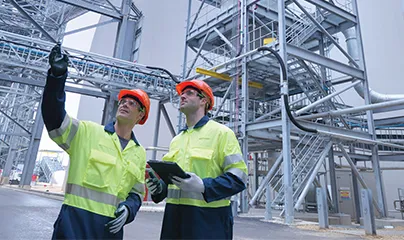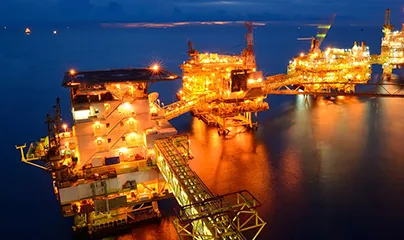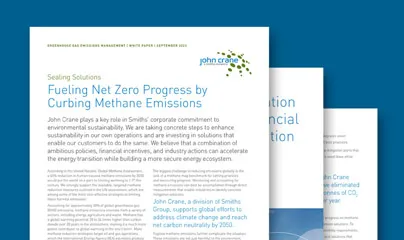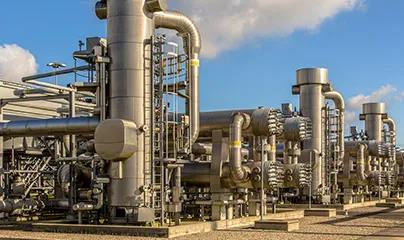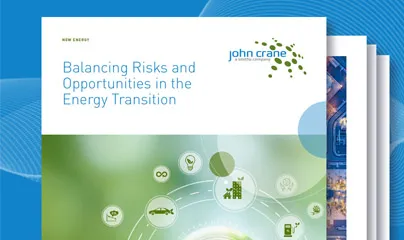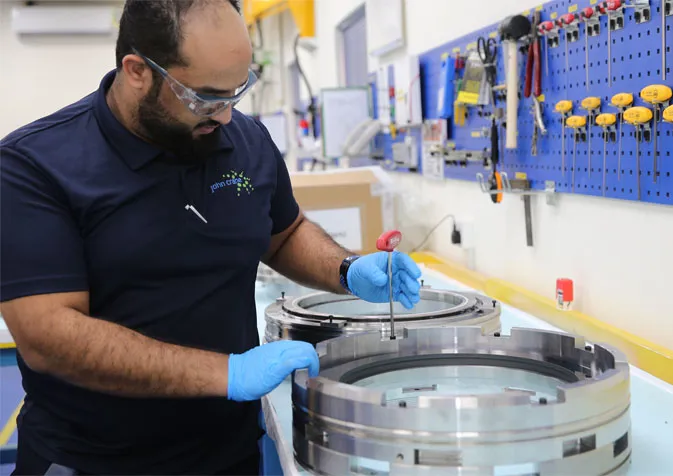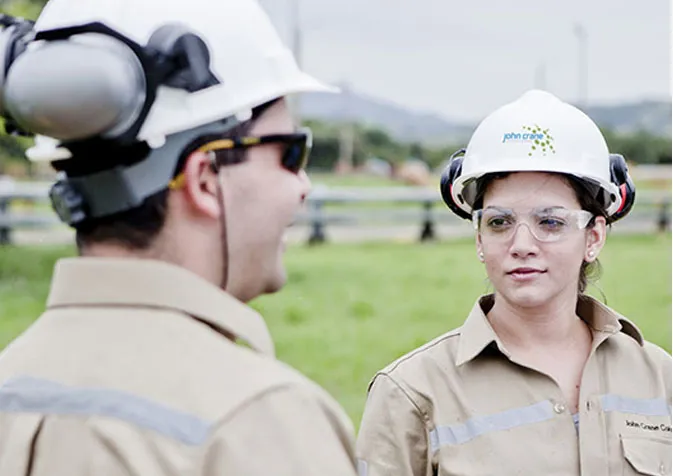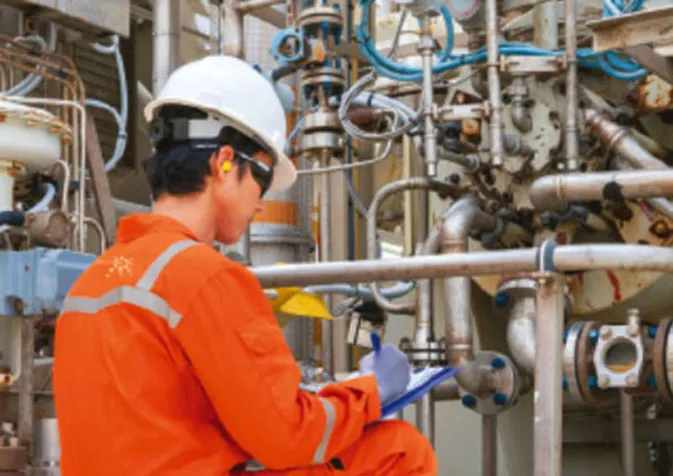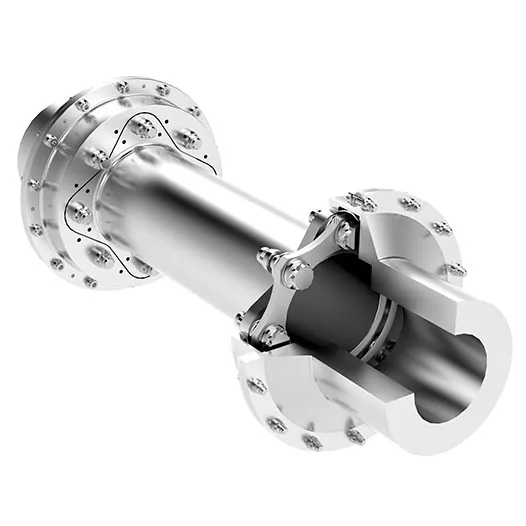What are Greenhouse Gas (GHG) Emissions?
Greenhouse gas (GHG) emissions refer to gases released into the atmosphere that trap heat and contribute to global warming. The main variations include carbon dioxide (CO2), methane (CH4), nitrous oxide (N2O), and fluorinated gases, all of which originate from general industrial activities, transportation, energy production, and agriculture.
Reducing GHG emissions is now a critical priority for industries due to increasing regulatory pressures, corporate sustainability commitments, and the global push for net-zero targets. Many sectors are adopting decarbonisation, low-carbon technologies, carbon capture solutions, and cleaner energy sources to mitigate their environmental impact and align with stricter emissions standards.
The Urgent Need to Curb Methane Emissions
The energy sector’s decarbonisation progress will hinge upon its ability to reduce GHG emissions. Among these gases, perhaps none poses a more urgent challenge than methane. Methane emissions are approximately 28-34 times more potent over 20 years than CO2. According to the Environmental Protection Agency (EPA), methane is estimated to have contributed 20% of the global temperature increase since the Industrial Revolution. Another environmental authority, the International Energy Agency (IEA), estimates that the oil and gas sector produces 40% of the world’s methane emissions each year.
Fugitive emissions, or unintentional emissions caused by leaks or defective seals, account for as much as 20% of all global methane emissions, or 5% of global GHG emissions. Because fugitive emissions are especially common in carbon capture, utilisation and storage (CCUS) and natural gas operations, methane abatement is also critical to accelerating decarbonisation and LNG as a bridge fuel.
Beyond these environmental and energy transition implications, methane also impacts a business’ bottom line. According to the EPA, methane leaks account for around 3% to 4% of total gas production; that translates to annual potential revenue losses of up to $30 billion for the oil and gas sector. The dual climate and business impact of methane emissions has accelerated abatement technologies, which have become increasingly cost-effective with time. As we enter the next phase of the energy transition, methane emission reduction has become a rapid, economically viable strategy for decarbonising the oil and gas industry.
